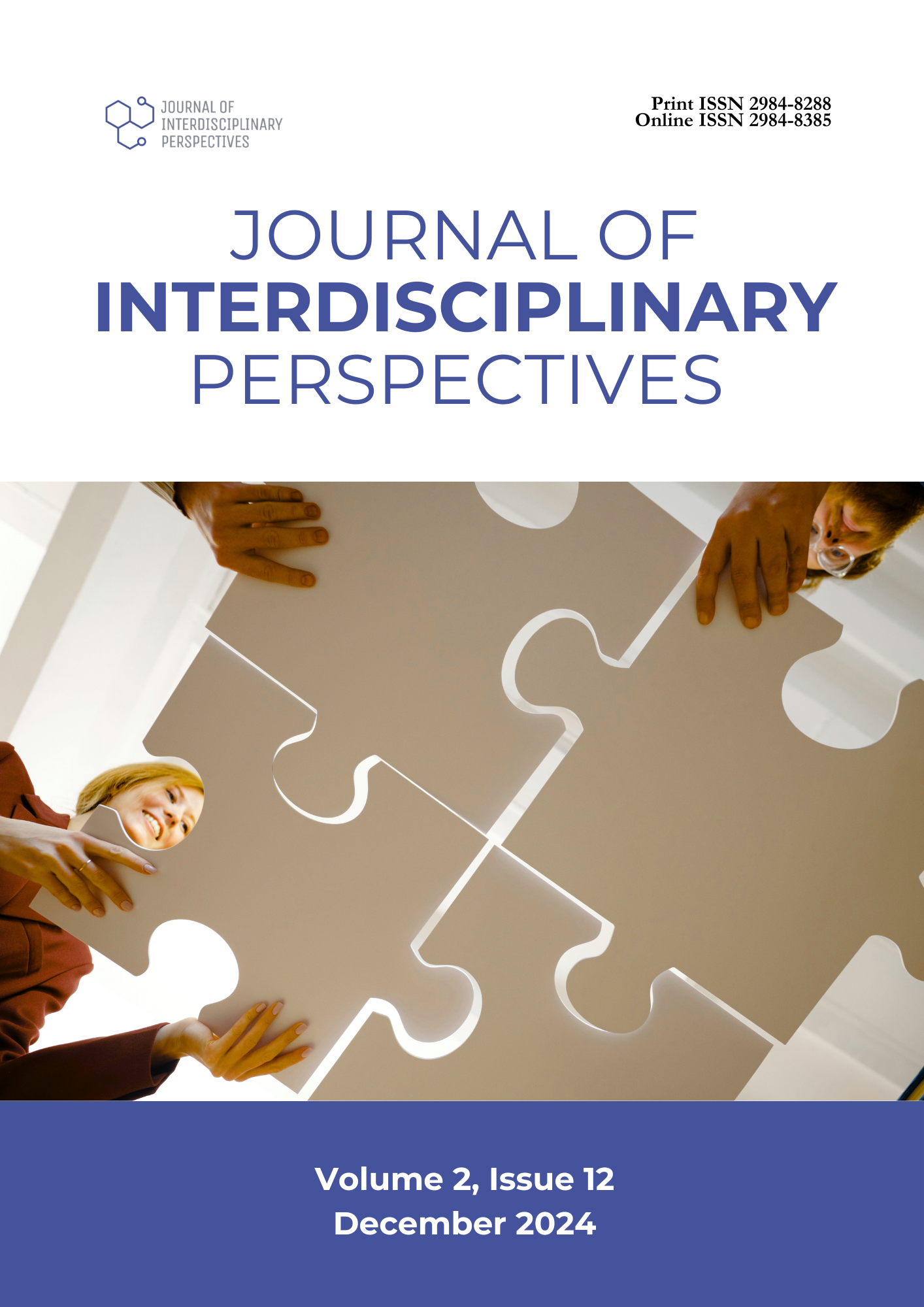Written Corrective Feedback in Online ESL Academies
DOI:
https://doi.org/10.69569/jip.2024.0546Keywords:
English language teaching, ESL academies, Lived experiences, Online ESL instructors, Written corrective feedbackAbstract
Written corrective feedback (WCF) 's usefulness in offline education has been extensively studied. However, studies examining online ESL instructors’ perceptions and attitudes toward this kind of feedback in online ESL academies were conspicuously lacking. In this regard, this study aimed to identify (1) the lived experiences of online ESL instructors when giving written corrective feedback, (2) the common strategies they employ, (3) the challenges in their feedback practices, and (4) the impact of their written corrective feedback. It was grounded on Bandura’s Social Cognitive Theory and Borg’s Language Teacher Cognition Theory. The study used the qualitative phenomenological approach to examine the participants. Ten online ESL instructors from ESL academies participated through an in-depth interview. Based on the study, two themes were generated for lived experiences: feedback goals and feedback views. Regarding WCF strategies employed by online ESL instructors, data produced the following themes: feedback based on proficiency level and feedback clarity and personalization. Regarding the challenges online ESL instructors face when giving written corrective feedback, the findings revealed the following themes: student factors and feedback factors. Lastly, regarding the impact of written corrective feedback as perceived by online ESL instructors, results showed student skill refinement, teacher feedback technique development, and student behaviors.
Downloads
References
Agbayani, R. S., & Sy, D. B. F. (2022). In a k-12 esl space: Teacher’s indirect corrective feedback (Icf) and its effects to students’ writing skills. E-Dawa: An International Multidisciplinary Research Journal, 1(1), 12-32. https://doi.org/10.56901/EHHX2696
Al-Hazzani, N., & Altalhab, S. (2018). Can explicit WCF develop grammatical and lexical accuracy of SaudiEFL learners? International Journal of Education and Literacy Studies, 6(4), 16-
24. http://dx.doi.org/10.7575/aiac.ijels.v.6n.4p.16
Aridah. (2016). The Effectiveness Of Direct And Indirect Written Corrective Feedback In Efl Writing Performance. ISELT, 4, 105–115. https://tinyurl.com/ms7d2n3y
Aseeri, F. (2019). WCF as practiced by instructors of writing in English at Najran University. Journal of Education and Learning, 8(3), 12-12. https://doi.org/10.5539/jel.v8n3p112 Berkant, H. G., Derer, N. B., & Derer, O. K. (2020). The effects of different types of written corrective feedback on students’ texting mistakes. English Language Teaching Educational
Journal, 3(3), 174–187. https://doi.org/10.12928/eltej.v3i3.3136
Bhandari, P. (2022). Triangulation in Research | Guide, Types, Examples. Retrieved from https://www.scribbr.com/methodology/triangulation/
Bitchener, J., & Knoch, U. (2015). Written corrective feedback studies: Approximate replication of bitchener & knoch (2010a) and van beuningen, de jong & kuiken(2012). Language Teaching, 48(3), 405–414. https://doi.org/10.1017/S0261444815000130
Borg, S. (2006). Teacher cognition and language education: Research and practice. Bloomsbury Publishing.
Caulfield, J. (2019). How to Do Thematic Analysis | Step-by-Step Guide & Examples. Retrieved from https://tinyurl.com/sthbax6f
Choi, J. (2017). Effects of different types of written corrective feedback on Korean high school students’ writing. Korea Journal of English Language and Linguistics, 21, 21-40. https://s- space.snu.ac.kr/handle/10371/139754
Denman, L. (2020). Engaging Foreign Language Students in Corrective Feedback to Writing. Retrieved from https://tinyurl.com/3v2ybuer
Elhawwa, T, Mujiyanto, J., Rukmini, D, Sutopo, D. (2018). The Learners Perceive of Written Corrective Feedback in Writing Multicultural Class (vol. 247). Atlantis Press. https://doi.org/10.2991/iset-18.2018.108
George, T. & Merkus, J. (2023). Structured Interview | Definition, Guide & Examples. Retrieved from https://www.scribbr.com/methodology/structured-interview/ Ghandi, M., & Maghsoudi. (2014). The effect of direct and indirect corrective feedback on Iranian EFL learners´ spelling errors. English Language Teaching, 7, 53-61.
https://doi.org/10.5539/elt.v7n8p53
Lira-Gonzales, M.-L., & Nassaji, H. (2020). The amount and usefulness of written corrective feedback across different educational contexts and levels. TESL Canada Journal, 37(2), 1–22. https://doi.org/10.18806/tesl.v37i2.1333
Hopper, D., & Bowen, N. (2023). Students’ and Teachers’ Beliefs about Written Corrective Feedback: Perspectives on Amount, Type, and Focus of Feedback in an EFL Setting. REFLections, 30(3), 735–756. https://doi.org/10.61508/refl.v30i3.268135
Karim, K., & Nassaji, H. (2018). The revision and transfer effects of direct and indirect comprehensive corrective feedback on ESL students’ writing. Language Teaching Research: LTR,
24(4), 136216881880246-539. https://doi.org/10.1177/1362168818802469
Kim, H., Sefcik, J. S., & Bradway, C. (2017). Characteristics of Qualitative Descriptive Studies: A Systematic Review. Research in nursing & health, 40(1), 23–42. https://doi.org/10.1002/nur.21768
Kubanyiova, M., & Feryok, A. (2015). Language Teacher Cognition in Applied Linguistics Research: Revisiting the Territory, Redrawing the Boundaries, Reclaiming the Relevance. The Modern Language Journal, 99(3), 435-449. https://doi.org/10.1111/modl.12239
Larsen, H.G., & Adu, P. (2021). The Theoretical Framework in Phenomenological Research: Development and Application (1st ed.). Routledge. https://doi.org/10.4324/9781003084259 LaMorte, W. (2022). The Social Cognitive Theory. Retrieved from https://tinyurl.com/mtn24ry3
Park, E. S., Song, S., & Shin, Y. K. (2016). To what extent do learners benefit from indirect written corrective feedback? A study targeting learners of different proficiency and heritage language status. Language Teaching Research, 20(6), 678–699. https://doi.org/10.1177/1362168815609617
Robinson, P. (Ed.). (2013). The Routledge encyclopedia of second language acquisition. New York: Taylor & Francis.
Tenny, S., Brannan, J. M., and Brannan, G. D. (2022). “Qualitative study”, in StatPearls. Treasure Island, FL: StatPearls Publishing.
Wagner, J.P. and Douglas, J. W. (2016.) Understanding Written Corrective Feedback in Second-Language Grammar Acquisition. Journal of Education and Learning, 5(4), 259. https://doi.org/doi:10.5539/jel.v5n4p259
Zhang, T., Chen, X., Hu, J., & Ketwan, P. (2021). Efl students’ preferences for written corrective feedback: Do error types, language proficiency, and foreign language enjoyment matter? Frontiers in Psychology, 12, 660564. https://doi.org/10.3389/fpsyg.2021.660564
Zhang, Z. (2022). Noticing in Second Language Acquisition. BCP Education & Psychology, 7, 184-190. https://doi.org/10.54691/bcpep.v7i.2634
Downloads
Published
How to Cite
Issue
Section
License
Copyright (c) 2025 Journal of Interdisciplinary Perspectives

This work is licensed under a Creative Commons Attribution-NonCommercial 4.0 International License.








